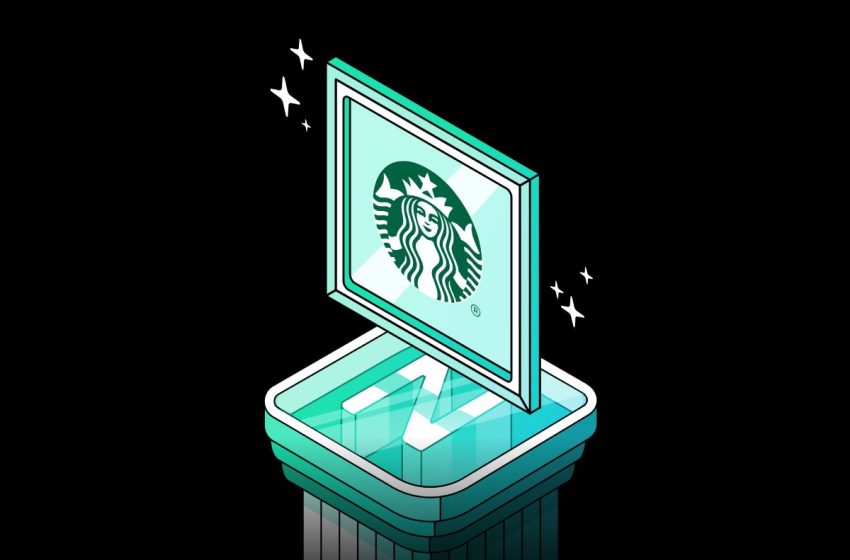odyssey december nftbased polygon marchhaywarddecrypt

The world of blockchain saw major drama in March 2024 when Starbucks shocked fans by shutting down its NFT-based loyalty program, Odyssey, built on the Polygon network. Meanwhile, projects like the Arbitrum Odyssey reignited interest in NFT quests, blending community engagement with crypto rewards.
This article breaks down the December NFT trends, Polygon’s role in March events, and how platforms like HaywardDecrypt covered these stories. Let’s dive in!
Table of Contents
1. The Rise and Fall of Starbucks’ Polygon-Powered Odyssey
What Was Starbucks Odyssey?
Starbucks Odyssey was the first loyalty program that combined traditional rewards with non-fungible tokens (NFTs). The program, which launched in December 2022, aimed to enhance consumer engagement by offering them digital collectibles tied to real-world events and incentives.
The program is built on the Polygon blockchain, a scalable and energy efficient network known for its low transaction costs. Starbucks used Polygon to make sure that the program was both accessible and sustainable while addressing amid growing criticism over the environmental toll of blockchain technology.
Customers might complete “journeys”—interactive activities such as quizzes or challenges—to earn NFT stamps. These stamps might then be traded for special advantages, such as limited-edition products, virtual espresso-making workshops, or even visits to coffee plantations.
Why Did Starbucks Launch Odyssey?
Starbucks Odyssey: A Bold Step Into The World Of Web3Starbucks Odyssey launch was a bold step in the world of Web3, proving the company’s corporate willingness to innovate and stay ahead of consumer trends. As Yahoo Finance reported, the program was part of Starbucks’ larger plan to update its loyalty ecosystem and increase ties with its customer base.
By integrating NFTs, Starbucks sought to:
Improve Customer Engagement: NFTs decentralized a gamified and personalized method for customers to engage with the brand.
Distinguish Its Rewards Program: Americana was starting to blend in with traditional points-based systems that had already gained popularity, and Starbucks wanted to create a sense of something special.
Leverage The Emerging Opportunity of NFTs: NFTs were becoming popular at the time of the launch, and Starbucks had an interest in taping the trend
The concept was first welcomed with enthusiasm, especially among tech-savvy consumers who valued the novelty of merging coffee culture with cutting-edge technology.
2. Polygon’s NFT Ecosystem: From Starbucks to Arbitrum
Polygon’s Role in NFT Projects
Polygon became a top choice for NFT projects due to:
- Low transaction fees ($0.01–$0.05 per mint).
- Ethereum compatibility.
- Partnerships with giants like Meta and Starbucks.
The Arbitrum Odyssey Success
While Starbucks faltered, the Arbitrum Odyssey thrived. This 7-week campaign rewarded users with NFTs for completing tasks across 13 projects. Highlights:
- 623,000 unique participants.
- 1.67 million NFTs minted.
3. Marchhaywarddecrypt: Local Events Meet Blockchain
Hayward’s Crypto Scene
Hayward, California, hosted events blending crypto and community:
- SantaCon Hayward 2024 promoted via Instagram NFTs.
- Juneteenth celebrations featured blockchain workshops
Decrypt’s Coverage
Decrypt highlighted Polygon’s gas fee issues during Starbucks’ closure, noting:
- MATIC staking APYs dropped to 2.66%.
- NFT minting costs fell below $0.01 post-Nitro upgrade.
4. Lessons Learned: NFTs, Polygon, and the Future
Key Takeaways
- NFT loyalty programs need simpler user experiences.
- Polygon’s scalability (via zkEVM) could reduce fees by 90%.
- Local events like Hayward’s show crypto’s grassroots potential.
What’s Next for Polygon?
- Starbucks’ $4M payment to Polygon Labs for Odyssey hosting.
- Growing Web3 gaming partnerships (e.g., Planet IX, Benji Bananas).
FAQs: Odyssey December NFT-Based Polygon Marchhaywarddecrypt
1. Why did Starbucks stop its NFT program?
Starbucks ended Odyssey to rethink its strategy amid high gas fees and regulatory challenges
2. How much does it cost to mint NFTs on Polygon?
Minting costs range from $0.01–$0.05, depending on network traffic
3. What was the Arbitrum Odyssey?
A 7-week campaign where users earned NFTs by exploring Arbitrum’s ecosystem, drawing 623,000 participants.
4. Did Hayward host crypto events in March 2024?
Yes! Events like SantaCon Hayward and blockchain workshops tied into broader NFT trends.
Final Thoughts
Starbucks Odyssey was an ambitious experiment in adding a cryptocurrency-based layer to customer loyalty. The program, which lasted from December 2022 until March 2023, illustrated both the promise and the pitfalls of NFT-based rewards programs. Advertising Odyssey’s approach may not have accomplished its goals but provides a case study to brands looking at the intersection of Web3 and consumer engagement.
Is another flag brand going to try to pull this again ever? Only time will tell. For the time being, however, Starbucks Odyssey exemplifies the power of innovation—and the need of connecting technology improvements with consumer expectations.


